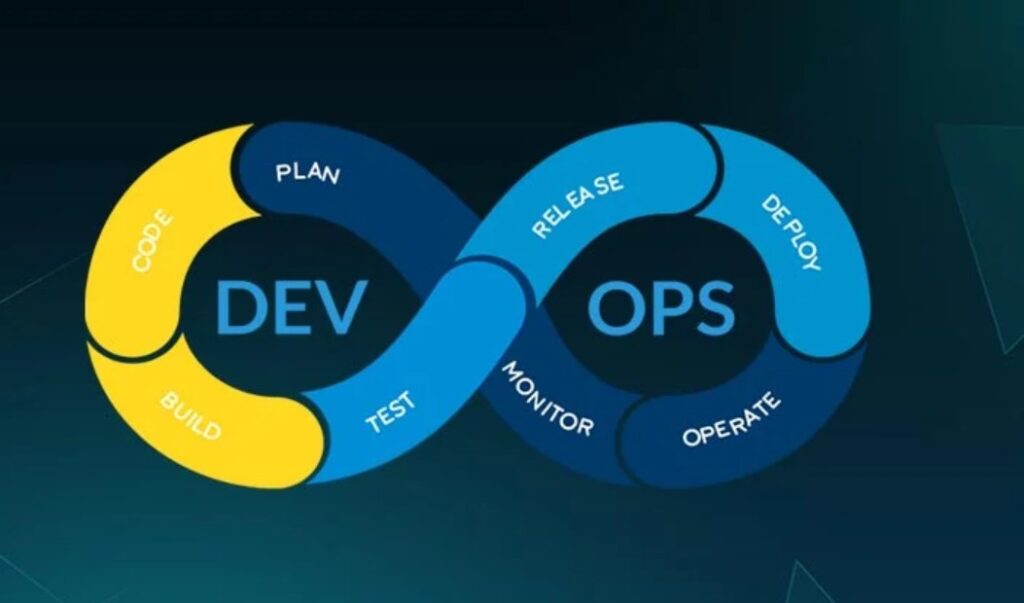Imagine a symphony orchestra where each section—the strings, brass, percussion—plays from different stages scattered across the city. To produce harmony, the conductor must synchronise every note despite the distance and complexity.
This is what Continuous Integration and Continuous Deployment (CI/CD) feels like in a multi-cloud environment. Each cloud provider is a stage with its own rules, tools, and quirks. To deliver seamless software, teams must orchestrate these diverse platforms into a single, coherent performance.
The Complexity of Multi-Cloud Pipelines
In a single-cloud setup, CI/CD pipelines resemble a straight road—predictable and familiar. Multi-cloud, however, is more like a network of winding highways with different traffic rules at every junction. Each provider—AWS, Azure, GCP, or others—offers unique APIs, security protocols, and integration styles.
For teams, this creates friction. Tools that work well in one cloud may not adapt easily to another. Dependencies must be managed across environments, and failure in one stage can ripple unpredictably through the entire pipeline.
Structured programs, such as DevOps training in Hyderabad, often introduce learners to this reality, demonstrating how CI/CD evolves from linear processes into distributed systems where adaptability is crucial.
Security and Compliance Hurdles
Security in multi-cloud environments is like guarding several fortresses simultaneously. Each has different gates, watchtowers, and guard protocols. Ensuring consistency across them is daunting but unavoidable.
CI/CD pipelines further complicate this. Automated deployments may unintentionally expose vulnerabilities if policies aren’t synchronised across clouds. Compliance with regulations such as GDPR or HIPAA also requires uniform enforcement, regardless of where the data or applications reside.
Teams must establish centralised identity management, unified access controls, and automated compliance checks. These safeguards serve as a common rulebook for all “fortresses,” thereby reducing the risk of breaches and regulatory missteps.
Tooling and Integration Challenges
Imagine trying to cook a meal using utensils from different kitchens—each with its own design and quirks. Multi-cloud CI/CD tools often feel the same. Some clouds favour Kubernetes-native pipelines, others integrate tightly with proprietary services, while third-party solutions attempt to bridge the gaps.
This diversity can fragment workflows. Developers may juggle multiple dashboards, scripts, and monitoring tools, which can slow down collaboration. Integration costs rise, and teams risk losing visibility into the health of their pipelines.
Professional learning opportunities, such as DevOps training in Hyderabad, often provide hands-on exposure to these tools. By experimenting across platforms, learners discover how to unify pipelines through containerisation, Infrastructure as Code (IaC), and orchestration frameworks that smooth over provider differences.
Strategies to Overcome the Chaos
Despite the hurdles, successful teams adopt strategies to simplify multi-cloud CI/CD:
- Containerisation: Packaging applications into containers ensures portability across platforms.
- IaC (Infrastructure as Code): Tools like Terraform standardise provisioning, making infrastructure repeatable and predictable.
- Centralised Monitoring: Unified dashboards provide visibility across all environments, reducing blind spots.
- Automated Testing: Rigorous test suites validate deployments across providers before they are deployed in production.
These approaches act as the conductor’s baton—keeping tempo and ensuring harmony across diverse cloud “stages.”
Conclusion
CI/CD in multi-cloud environments is not a linear journey but a complex orchestration. Challenges in integration, security, and tooling make it demanding, yet the rewards are enormous: resilience, flexibility, and freedom from vendor lock-in.
Organisations that master this orchestration can deliver software faster and more reliably, regardless of the number of clouds they span. For engineers, the key lies in embracing adaptability, leveraging automation, and maintaining clear visibility across pipelines.
In the end, just like a symphony spread across multiple stages, success comes not from uniformity but from harmony—a unified rhythm across diverse platforms.
